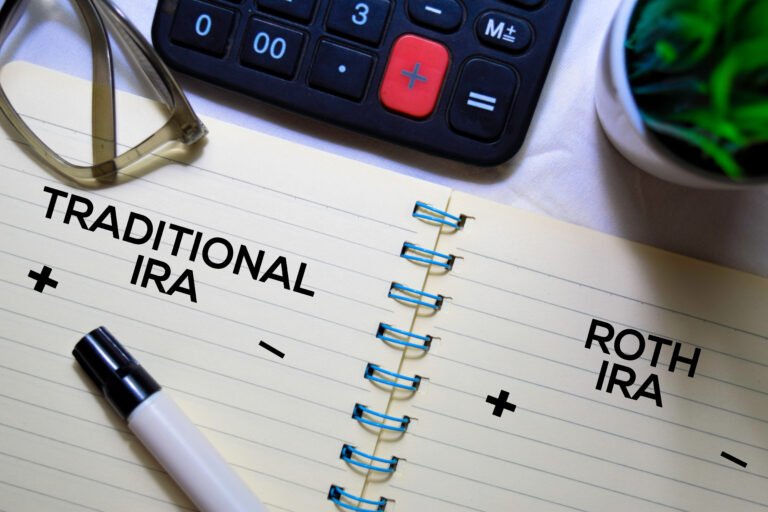As a wealth manager, we get asked a common question all the time: “Where should I be saving my money?” In our opinion, there are three potential buckets to put your money – taxable dollars, tax deferred dollars, and Roth IRA dollars. Each bucket has different rules associated with it and each has its own pros and cons. Roth IRA dollars are somewhat unique and provide some benefits that are not otherwise available in the other two buckets that we want to address in this article.
Benefits:
One benefit of a Roth IRA is an owner is not forced to take a required minimum distribution “RMD” from a Roth IRA. This allows the principal of the Roth IRA to grow tax-free throughout the life of the owner for the benefit of his or his descendants. If distributions are needed by the owner, another benefit is that in most cases, distributions from a Roth IRA are tax-free. After-tax dollars are contributed into a Roth IRA, but distributions, including growth in the assets while in the account, come out tax-free. That being said, there are rules on withdrawing the money that must be followed in order to receive distributions tax-free. Another benefit is that distributions do not increase one’s “taxable income” for income tax purposes. This may be important for Social Security and Medicare premium purposes – click here to refer back to a previous article we wrote about strategies to minimize Medicare premiums.
General Withdrawal and Contribution Rules:
The first rule is that you must be over the age of 59 ½ AND satisfy a 5 year holding rule in order to take distributions tax and penalty free. The 5 year rule requires that all gains in a Roth IRA be held there for 5 years before distributions can be taken out tax-free. Principal can be taken from a Roth IRA at any time tax-free. A problem with taking principal from a Roth is that you lose that principal prospectively. The annual contribution limit for a Roth IRA is $5,500, unless you are over the age of 50 in which case it rises to $6,500. If you withdrawal principal, you are taking money from a vehicle that can grow tax free until all the money is distributed! There are also income thresholds for contributing to a Roth IRA – if you make more than the thresholds, you are not permitted to contribute. The phase out range in 2015 is between $183,000 and $193,000 for married filing jointly and between $116,000 and $131,000 for a single individual. All contributions must be made in cash – no “in-kind” transactions are permitted. You can contribute to a Roth IRA after reaching the age of 70 ½, which you cannot do with a traditional IRA.
Special Cases:
As with most things in personal finance, there are exceptions to the rules mentioned above that we thought might be relevant for some of you. One exception is that you can withdraw up to $10,000 tax and penalty-free from a Roth IRA before reaching 59 ½ if you are using it to purchase your first home. To do this, you must have held the money in the Roth IRA for more than 5 years in order to take the “gains” out.
Another exception concerns college education expenses. You can withdraw money from your Roth account penalty-free before 59 ½ if it is going to be used for college education expenses. You will have to pay income tax on any “gain”, but will not have to pay a penalty. The distribution can be used for college expenses for you, your spouse, your children and your grandchildren.



